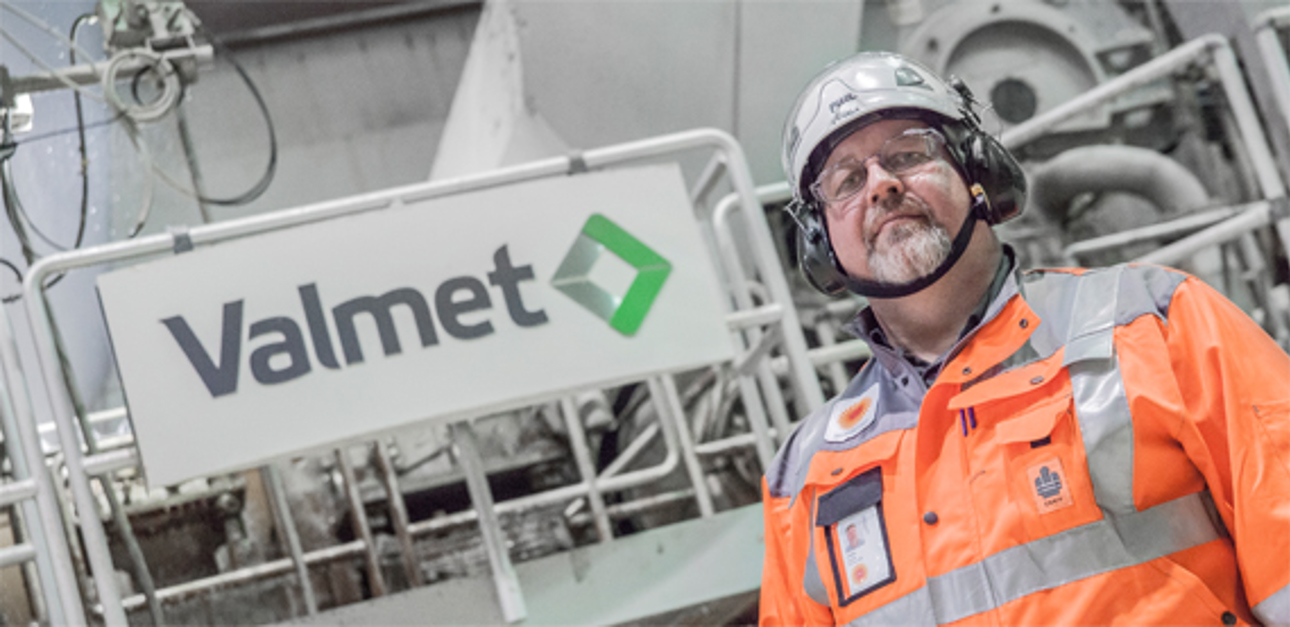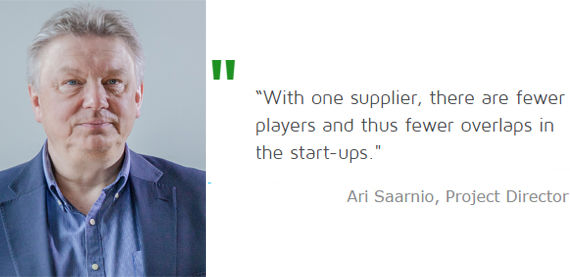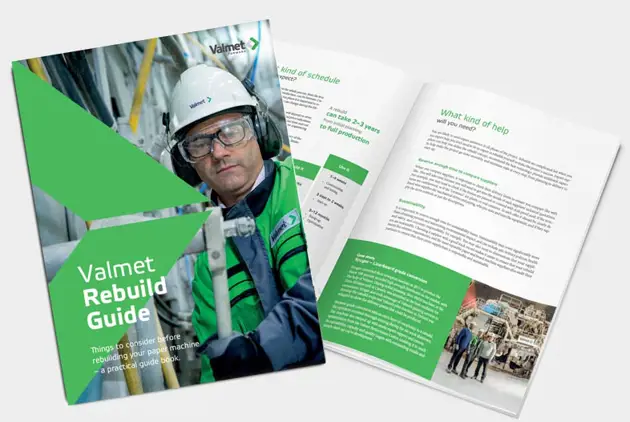A marvelous journey - successful conversion from paper to board
Jun 14, 2016
Growth in traditional retail and e-commerce is increasing global demand for sustainably produced packaging materials. In 2015, Stora Enso’s Varkaus mill in Finland converted their existing paper machine into a board machine to produce linerboard to better meet the market need for renewable packaging. They chose Valmet as their partner for this challenging rebuild.

“Every paper engineer has a dream about building a new machine” says Jukka Lyyra, Area Manager of Paper Machine & RCF Plant, about the conversion project, with a boyish grin. “I’ve been fortunate, as this is my second project in this role. It has been a marvelous journey,” he continues. “PM 3 is almost like a new machine now; a combination of brand-new technology and good, well-maintained trusted technology. The opportunity to produce high-quality products with reasonable costs is there.”
From paper to packaging
The old fine paper machine was an excellent choice for a rebuild: the Varkaus mill has good facilities, reliable wood and energy supplies, and skilled, motivated personnel. Nor was the conversion first of its kind: PM 3 had gone through a previous transformation from news to fine paper in 1985 meaning the mill had plenty of experience in transformations. In order to make the latest paper-to-packaging conversion a reality, Valmet supplied the technology and the automation for the machine rebuild, took care of the installation and testing, as well as provided fabrics, start-up support and training.
Having a single point of responsibility is beneficial for all parties. “With one supplier, there are fewer players and thus fewer overlaps in the start-ups. In my opinion, it lessens the ‘responsibility dodging’ and makes also the tune-up phase and further development easier,” says Ari Saarnio, Project Director. Lyyra holds the same opinion. “It makes our lives easier. Having one supplier means they concentrate more on the whole production instead of a small part of it. Together with just one supplier, we can improve productivity and quality in a very efficient way.”

Right-weighting for resource savings
“The whole wet end and multi-Fourdrinier forming section is now very suitable for lightweight liner production: it has two headboxes and the possibility to tune the pulps and furnish for improved end product quality with cost savings. It is proven, widely used technology, but there are still new elements and technological advantages,” says Lyyra about their reasons for updating the technology. “The headboxes [one new OptiFlo and one relocated and rebuilt with dilution control] seem already to be very suitable for producing high-quality liner with stable profiles. And the brand new OptiFiner Pro refiners are saving us energy and money,” he continues.
For the Varkaus mill, cost competitiveness is a priority. “We try to use as few resources as possible. Raw material, energy and chemical consumption are all tied up with the machinery used and how optimized the processes are. Of course, we are serving our customers as well as possible in their quality needs, but in a way that means they can choose our lower-grammage products – what’s known as ‘right-weighting’ or ‘right-grading’”.
Target: To be the number one for customers
The Varkaus mill is determined to meet the needs of its customers who demand consistent performance in terms of containerboard strength. Cleanliness is also important because of the end uses involving food. Stora Enso is already receiving good feedback from the market. “For us, the Valmet IQ QCS is very important, as it unites our technology, quality control and processes. Reliable process measurements and making adjustments accordingly is one of the key points when producing high-quality products. The technology permits modifying the pulp and raw material into the different plies”, Lyyra explains.
The mill is satisfied with the new quality control system. “The QCS is the heart of the production line. It reliably monitors how well we succeed in producing high-quality board and also fine-tunes the quality and profiles according to customer expectations – and can even exceed them,” Lyyra says. The Valmet RM3 analyzers ensure the stability of the wet end. Project Engineer Timo Vänttinen explains that the measurements have made start-ups and grade changes faster. “It is vital to have right process information to make right decisions at right time”, he explains.
Targeted start-up curve reached easily
Starting up the machine after a rebuild may be one of the most rewarding and anxious moments in a papermaker’s job. Start-up represents the culmination of months of hard work. A successful start-up means achieving the desired paper quality and new product sales as planned, and it also has a significant effect on how economical the project ends up being.
“The start-up went smoothly, considering that the rebuild was large and we moved from paper to packaging,” Vänttinen explains. “We were able to get production going without many runnability issues, and we started the tune-up phase right away.” Lyyra adds that “the targeted start-up curve was reached easily – we went even further than targeted. But then we faced some challenges, which is normal. Now we are well on track again and we still hope to achieve further improvements in quality and production.”
